It's always a big deal when the company that makes Android releases a new phone. Google's Pixel series has made a name for itself in three short years behind its camera prowess, but now it's time to start competing with the major players. That said, Google should like how their Pixel 4 and 4 XL stack up against the iPhones and Galaxies of the world.
If you're not familiar with Google's Pixel series, think of it as a halfway point between Samsung's Galaxy and Apple's iPhone. It has some of the simplicity and integration of an iPhone, but with most of the customization and software prowess of a Galaxy. The other things it has going for it are great access to Google and the Google Assistant, plus the best photo camera on any smartphone.
Pixel 4 Highlights
- Hands-on review after 2 weeks
- Announced October 15 at the Made By Google event in Manhattan
- Price starts at $799 for the smaller model
- Aluminum frame and glass back like Pixel 3, but two-tone look is gone
- Both Pixel 4 and 4 XL have 90 Hz displays
- Bottom bezel is tiny, but top bezel is similar to Pixel 3
- First device to use Google's new Soli radar sensing technology
- First US-sold Android phone to have secure 3D facial unlock
- First Pixel to be sold at all four major US carriers

Jake Peterson/Gadget Hacks
2-Week Hands-on Review
The first thing I noticed with the Pixel 4 XL was the thickness and weight of the phone. Personally, I love it when a phone feels heavy, it gives me a sense of actually holding something. I don't use cases, and it helps to avoid drops if the phone has some heft to it. It never felt bulky in my hands, and the weight distribution is excellent.
The camera is amazing. During the Pixel 4 event, we participated in one of several Google booths highlighting the phone's features. One of the booths showcased the improved night mode. We compared it to the Samsung Galaxy S10+ and Apple iPhone 11 Pro, and the Pixel 4 really shined. Where the iPhone 11 Pro had the most texture on the person, the Pixel 4 was able to capture the details in the grass and environment.

Some photo taken with the Google Pixel 4 XL

Jon Knight/Gadget Hacks

Some photo taken with the Google Pixel 4 XL

Jon Knight/Gadget Hacks
One gripe I have is the simplicity of the camera app. I wish Google included a true Pro mode. To their credit, you do have some control thanks to the new Dual Exposure, but being able to adjust white balance, ISO, etc. would go a long way toward improving this camera.
Face Unlock is easily my favorite feature. Compared to a fingerprint scanner, it's faster, easier, works without picking up the phone, and more secure overall. If I wanted to, I could also remove the need to swipe up on the lock screen so I never have to touch the phone (but as a person who cares about privacy, I would never do this).

Jon Knight/Gadget Hacks
The problem is most apps don't support Face Unlock yet. In my testing, only Signal Private Messenger and LastPass Password Manager included support. Most apps look for a fingerprint scanner, and once they don't find any, limit protection to either a PIN or passcode. This will change in the coming months, but it's something to know.
Motion Sense has strengths and weaknesses. I love that the volume decreases on alarms and calls when you reach for the phone (thank you Google). I also love it when managing your playlist works. Being able to swipe across is great, especially when I have dirty hands in the gym. The problem is I haven't found the perfect way to get it to work the first time, all the time. So instead, I feel foolish as I swipe multiple times across my phone, waiting for something to happen. But at least it works sideways.
Battery life, at least for the Pixel 4 XL, is great. I get around 4+ hours of screen on time with Always on Display enabled. I had the feature on for "Reach to check your phone," but I find it never worked for me and instead simply kept Always on Display on. Once I disabled this feature, battery life got much better. Charging times are okay, but during my testing, I found getting to 100% takes forever (which you shouldn't do anyway). At 80%, I can last all day and then some.
Don't Miss: You're Doing It Wrong 3 Bad Habits That Are Ruining Your Phone's Battery
The extra RAM helps significantly. The stutter of its predecessor doesn't exist on this phone. The matte back cover is excellent. Although it does smudge in my pocket from time to time, with a simple wipe, it goes away. And despite switching from the Galaxy Note 10+, I don't miss the screen. Even compare to my brother's OnePlus 7 Pro, I find the image quality is exceptional, especially when watching HDR content from Netflix and Amazon Prime Video.
Important Dates
The Pixel 4 was announced in New York City on October 15, 2019. Preorders start the day of the event, and it will release a few weeks late on the 24th of October.
- Release date: October 24, 2019
- Preorder date: October 15, 2019
- Announced: October 15, 2019
Storage Capacity
Something we didn't see coming was the return of the 64 and 128 GB storage options. Despite phones now having 512 GB and 1 TB options, and many phones starting with at least 256 GB, it appears Google is bucking the trend.
While this low storage option hurts less due to unlimited storage on Google Photos, with its push into gaming, this storage can easily be eaten up. While Stadia doesn't require any storage (as it all stored in the cloud), mobile gaming apps do. This storage amount was not enough in 2018, let alone now. And just like its predecessor, it will not support expandable storage.
- Storage available: 64 GB and 128 GB
- Expandable storage: no
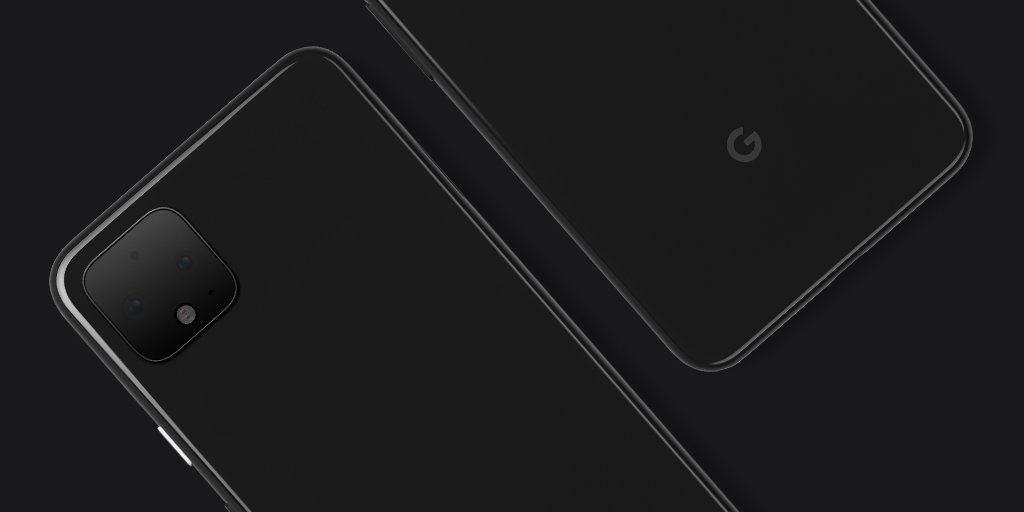
The Pixel 4.
Price for Everything
Google Pixel 4 and 4 XL are the same prices as their predecessors. The 64 GB version pf the Pixel 4 starts at $799, while the 128 GB version increases the cost by $100 to $899. The Pixel 4 XL starts $899 for the 64 GB model, while the 128 GB is $999.
- Price (Pixel 4): $799 (64 GB) or $899 (128 GB)
- Price (Pixel 4 XL): $899 (64 GB) or $999 (128 GB)
Body
The body will use the same material found in most flagship smartphones in 2019, glass on the back and front to allow for wireless charging, and an aluminum frame for durability. Google has even confirmed some basics of the design by releasing a render of the phone on their official MadeByGoogle Twitter account. The distinguishing dual-finish back is gone this time, replaced with a single finish like most other phones.
It will come in three colors, Just Black, Clearly White, and Orange. White and Orange have a matte finish hybrid coating while the black is glossy material (which means it is a fingerprint magnet). Both the front and back are protected by Gorilla Glass 5.
- Frame: aluminum, glass (Gorilla Glass 5)
- Finish: Just Black, Clearly White, Oh So Orange (limited edition)

Basics
Pixel 4 is roughly the same height and width of the Samsung Galaxy S10e while the Google Pixel 4 XL is roughly the same height and width of the Samsung Galaxy S10+. As far as thickness goes, both phones are slightly thicker at 0.32 inches compared to the Galaxy S10e and S10+'s 0.31 inches. It is supported by all major US carriers and Xfinity Mobile, Spectrum Mobile, and Google Fi.
- Height: 5.78 inches (Google Pixel 4), 6.31 inches (Google Pixel 4 XL)
- Width: 2.71 inches (Google Pixel 4), 2.97 inches (Google Pixel 4 XL)
- Depth: 0.32 inches (0.37 inches with camera bump)
- Weight: 5.71 oz (Google Pixel 4), 6.81 oz (Google Pixel 4 XL)
- Dust/water resistance: IP68
- Supported carriers: Verizon, AT&T, T-Mobile, Sprint, US Cellular, Google Fi, Spectrum Mobile, Xfinity Mobile
- Infrared blaster: no

Jon Knight/Gadget Hacks

Jon Knight/Gadget Hacks

Jon Knight/Gadget Hacks

Jon Knight/Gadget Hacks
As with all phones nowadays, we believe the Pixel 4 has an operating temperature of 32°F to 95°F.
- Operating temp: 32º to 95º F
- Nonoperating temp: Unknown
- Relative humidity: Unknown
- Operating altitude: Unknown
Software
The Nexus/Pixel lineup has always been a way for Google to introduce the world to the latest version of Android. Pixels are almost always the first devices to receive new Android versions, and they're guaranteed to receive them for at least three years. The Pixel 4 and 4 XL will Android 10 and be one of only a handful of phones running the latest version at the time of its release.
- Version: Android 10
Skin
The Pixel lineup always runs stock Android. While this version isn't exactly ASOP (Android Open Source Project), it's about as close as you will get to "pure" Android outside of custom ROMs. It will have a few enhancements for Pixel users, such as Active Edge and additional special features that Google decides to add.
Some new additions include a new recorder app that leverages Live caption to transcribe voice memos. You can also search voice memos for keywords and jump to that section of the recording. There is also a new "Styles & wallpaper" section that consolidates the new customization options of Android 10, such as icon shapes and fonts, into on menu option. There are also all the latest improvements to Google Assistant baked right into Pixel 4's software.
- Version: stock Android (Pixel version)
Display
The Pixel 4 XL had a small screen size decrease from 6.3 inches to 6.23 inches. The Pixel 4 will actually be larger at 5.7 inches. Both have OLED panels (although the Google Pixel 4 is from LG while the Google Pixel 4 XL is from Samsung) with support for HDR and always-on display. As far as the resolutions are concerned, the Pixel 4 has the same resolution as its predecessor but the Pixel 4 XL actually has a higher 3040 x 1440 (the Pixel 3 XL was 2960 x 1440).
The screen uses the P3 gamut for the first time (the same used by iPhones), allowing for higher color accuracy. It will also support HDR10 content on YouTube and Netflix.
The "forehead" is as large as the Pixel 3, but the chin is one of the smallest in the industry. Fans of symmetry may not like it, but the extra sensors for Soli and secure face unlock are packed into that top bezel, and at least they didn't use a notch.
Both Pixel 4 devices are able to output games at 90 fps, 30 more frames per second than the standard screen. To enable, you must turn on Smooth Display, a feature that allows Android to dynamically adjust the refresh rate based on the running apps. Playing a game, 90 Hz will turn on. Making a call, the screen will adjust to 60 Hz. According to 9to5Google, it will lock the screen to 60 Hz on the following apps:
- Google Maps
- Pokémon Go
- Waze
Additionally, some user has reported that the screen refresh rate is dependent on the brightness of the screen. Some Redditors found that if the screen brightness were set to less than 75%, it would lock the screen to 60 Hz. When it was higher, it uses 90 Hz. Google confirmed this to The Verge in the following statement:
We designed Smooth Display so that users could enjoy the benefits of 90Hz for improved UI interactions and content consumption, while also preserving battery when higher refresh rates are not critical by lowering back down to 60Hz.
In some conditions or situations, however, we set the refresh rate to 60Hz. Some of these situations include: when the user turns on battery saver, certain content such as video (as it's largely shot at 24 or 30fps), and even various brightness or ambient conditions. We constantly assess whether these parameters lead to the best overall user experience. We have previously planned updates that we'll roll out in the coming weeks that include enabling 90hz in more brightness conditions.
The Pixel 4 also has a feature known as Ambient EQ, which is essentially Google's version of Apple's True Tone. Based on the surrounding lights, the display will automatically adjust the white balance for improved viewing experience. The screen will appear more consistent and be one less feature iPhone fans can claim they have over the Pixel devices.
- Screen size: 5.7 inches (Google Pixel 4), 6.3 inches (Google Pixel 4 XL)
- Screen resolution: 2280 x 1080 (Google Pixel 4), 3040 x 1440 (Google Pixel 4 XL)
- Total pixels: 2,462,400 (Google Pixel 4), 4,377,600 (Google Pixel 4 XL)
- Pixel density: 443 ppi (Google Pixel 4), 534 ppi (Google Pixel 4 XL)
- Screen type: OLED
- HDR: yes
- Notch: no
- Screen-to-body ratio: Unknown
- Aspect ratio: 19:9
- Minimum brightness: 2 nits
- Maximum brightness: 445 nits
- Refresh rate: 90 Hz (Unknown for touch-sensing)
- Color temp: 6,610 K (P3), 6,640 K (sRGB/Rec. 709)
- Color gamut: P3
Performance
The SoC of choice for 2019 Android flagships in the US is the Qualcomm Snapdragon 855. The Pixel 4 and 4 XL use this processor, but this time Google will not underclock its cores like last year's Google Pixel 3.
As for memory, the RAM has increased to 6 GB. The first three Pixels had 4 GB of RAM, which has caused lingering problems the community has asked Google to address.
Then there's the Neural Core, which appears to be a replacement for the Visual Core from previous Pixels. It controls all of the image processing, including the Pixel's HDR+ which allows for its impressive photography. In addition, it also performs all the machine learning calculations required for the new features (more on that later) at a fast rate so you don't have to wait for it to finish.
- Memory: 6 GB RAM
- Processor: Qualcomm Snapdragon 855
- Chip size: 7 nanometer
- CPU frequency: 2.84 GHz (1x Gold), 2.41 GHz (3x Gold), 1.78 GHz (4x Silver)
- CPU cores: 8 Cores (4 Gold + 4 Silver)
- GPU: Adreno 640
Battery
Surprisingly, the battery in the Google Pixel 4 will be reduced. Despite the increased screen size and the higher refresh rate, the battery will slightly smaller at 2,800 mAh battery.
The opposite is true for the Pixel 4 XL. Its battery increased to 3,700 mAh, around an 8% increase. Both models support wireless charging via the Qi standard and fast wired charging using USB Power Delivery and include an 18 W USB PD charger in the box.
- Battery: rechargeable lithium-ion
- Capacity: 2,800 mAh (Google Pixel 4), 3,700 mAh (Google Pixel 4 XL)
- Wired charging: yes, USB Power Delivery
- Wireless charging: yes, Qi charging
Front Camera
There are several sensors found within the top bezel of the phone, one of which is the front-facing camera. The remaining imaging sensors will be used for facial recognition or for Motion Sense.
The Pixel 3 had a standard selfie lens and a wide-angle lens, but the Pixel 4 only has one selfie cam: a wide-angle shooter. It is an 8 MP camera with a 90° field of view. It has a fixed focus and a ƒ/2.0 aperture.
- Resolution: 8 MP
- Aperture: ƒ/2.0
- Pixel size: 1.22 µm
- Zoom: None
- Flash: Yes, screen flash
- Image stabilization: yes, EIS
- RAW support: Yes
- Object detection: Unknown
- Formats: JPEG, RAW
Rear Camera
Google has finally added a second camera to the Pixel series. Whereas most OEMs are adding a third and fourth camera, Google has finally conceived that the flexibility of multiple cameras is what users desire. The primary camera is a familiar one: a 12.2 MP lens with ƒ/1.7 aperture. The second lens is a 16 MP telephoto lens with ƒ/2.4 aperture. Both are optically and electronically stabilized.
House in its new square camera module is a flash, spectral + flicker sensor. Both cameras have autofocus, with the primary using dual pixel phase detection and the telephoto using phase detection.
There are now "Dual Exposure" controls. Using one slider, you can control the scene's brightness, while the other controls only shadows, and this all happens live in the viewfinder. There is the new Live HDR+, which lets you see precisely how HDR+ will be applied to your photos before taking them. According to Wired, "HDRNet" (the algorithm it is based on) can make adjustments in under 20 milliseconds.
Night Sight has also gotten better thanks to longer exposure of the Pixel 4. Pixel 4 can now take 16-second long exposure shots allowing it to capture all the detail needed to make night shots visible. Thanks to this improvement, it can now capture the night sky by taking a series of these shots up to 4 minutes and using machine learning to correct for the movement of the stars and trees in the area. This same correction is used when shooting other objects, as well.
Despite its new telephoto lens, it still uses the Super Res Zoom technology introduce in Pixel 3 which takes uses machine learning to improve digital zoom. The result is an 8x digital zoom that much better than the competition.
- Resolution: 12 MP (wide-angle), 16 MP (telephoto)
- Sensor size: Unknown
- Aperture: ƒ/1.7 (primary), ƒ/2.4 (telephoto)
- Zoom: 2x optical and 8x digital
- Autofocus: dual pixel phase dection (primary), phase detection (telephoto)
- Flash: dual-tone LED
- Image stabilization: yes, OIS and EIS
- RAW support: yes
- Lens cover: sapphire crystal
- Object detection: Unknown
- Formats: JPEG, RAW
Videography is once again limited to 4K at 30 fps in the rear and 1080p with the front-facing camera. Slow-motion video is also the same as its predecessor as well. Audio Zoom will direct the microphones (a feature recently added to Android 10) to focus on any zoomed-in area so that the subject of your video is easier to hear.
- Resolution: 720p, 1080p, and 4K
- Max frame rate: 60 fps for 1080p, 30 fps for 4K
- Slow motion: yes, 1080p at 120 fps and 720p at 240 fps
- Time-lapse: yes, Unknown
- Photos: yes, 5 MP
- Zoom: yes, up to 6x digital zoom (1080p at 30 fps) and 8x digital zoom (1080p at 60 fps and 4K at 30 fps)
- Flash access: yes, see above
- Image stabilization: yes, see above
- Object detection: Unknown
- Autofocus: yes, see above
- Audio: stereo
- Formats: H.264
Audio
Despite the return of the headphone jack in the Google Pixel 3a, it's not present in the Google Pixel 4 and 4 XL. This was expected as it has been missing now for two years with most of the industry moving in that direction. Maybe next year there will be a Google Pixel 4a which keeps the port.
The front-facing stereo speakers are gone. Instead, one speaker is front-facing in the top bezel, while the other speaker is bottom-firing.
- 3.5 mm headphone jack: no
- Stereo speakers: yes, stereo speakers
- Mics: 3
- Max speaker volume: Unknown
Media Formats
Since this is a Google-designed phone, it has the usual list of codecs supported by Android. There are a few new additions to this list: Opus, AV1, and HDR10+. Opus is an open and royalty-free codec that offers better quality than MP3. AV1 is an open and royalty-free video codec that acts as an alternative to H.264.
- Audio: MP3, AAC, AAC+, WMA, AMR-NB, AMR-WB, WAV, FLAC, APE, OGG, MID, M4A, IMY, AC3, EAC3, EAC3-JOC, AC4, Opus
- Video: MKV, MOV, MP4, H.265(HEVC), AVI, WMV, TS, 3GP, FLV, WEBM, HDR10+, AV1
Sensors
The Google Pixel 4 includes two infrared cameras for secure face unlock, a first for Pixel devices. As with Apple's Face ID, it uses these sensors to unlock your phone even when in low light. It includes a flood illuminator and dot projector to map your face.
- Accelerometer: yes
- Ambient light: yes
- Barometer: yes
- Color temperature: yes
- Compass: yes
- Gravity: no
- Gyroscope: yes
- Hall: no
- Infrared: yes
- Laser: yes
- Pedometer: no
- Proximity: yes
As of the December 2019 security patch, Pixel 4 is offering dual-band support on both GPS and Galileo. It joins a small but ever-growing list of phones which includes this improve tracking.
- GPS: yes, (L1 + L5)
- aGPS: yes
- Glonass: yes
- BeiDou: no
- Galileo: yes, (E1 + E5a)
- QZSS: no
Motion Sense
The Pixel 4 is the first device to use Google's Soli radar chip. Soli can decipher gestures with great precision, allowing you to perform actions on your phone without touching it.
Known as Motion Sense, Google has added several gestures which are performed near the phone (that's right, near; you don't have to awkwardly place your hand in front of the phone like the LG G8 ThinQ). Because of its use of high radio frequencies, Motion Sense will not be available everywhere. At launch, it will be functional in the US, Canada, Singapore, Australia, Taiwan, and most European countries.
Connectivity
Despite the system-on-a-chip powering the Google Pixel 4 supports Wi-Fi standards 80.211.ad, ay, and ax, we are limited to Wi-Fi 5 (802.11ac). The good thing most users don't have Wi-Fi 6 router to take advantage of the faster and more secure wireless connection but that will change as the year passes.
- Wi-Fi: 802.11a/b/g/n/ac 2.4GHz + 5.0GHz 2x2 MIMO
- Bluetooth: 5 + LE (HD codecs: AptX, AptX HD, LDAC)
- NFC: yes
- Cellular: nano-SIM, eSIM
- Port: USB Type-C
With Pixel 4 officially being carried by all four major US carriers, it has the bands for the necessary radios for smooth and strong connection no matter which carrier you use.
- FDD-LTE bands: 1/2/3/4/5/7/ 8/12/13/14/17/18/19/20/25/ 26/28/29/30/38/39/40/41/46/48/ 66/71
- CDMA EV-DO Rev. A: BC0/BC1/BC10
- GSM/EDGE: (850, 900, 1800, 1900 MHz)
- UMTS/HSPA+/HSDPA: Bands 1/2/4/5/8
Security
The Pixel 4 is the first Android phone in the US with secure face unlock. Using an array of sensors, the Pixel 4 can detect your face no matter how you hold your phone. Unlike the iPhone, there is no need to swipe up to unlock your phone. Instead, once you face your phone and the Soli sensor recognizes that you may want to unlock your phone, it will unlock. And your face data, along with any other sensitive transactions, are stored locally within the Titan M security chip for ultimate protection.
- Fingerprint scanner: no
- Face scanner: yes
- Iris scanner: no
- Manual authentication: password, PIN, pattern, swipe
Box Includes
The contents of the box are essentially the same as last year. However, one noticeable omission is the inclusion of any USB-C earbuds, so we recommend picking up a pair such as Acessorz USC C Earphones. If you want one that takes advantage of Google's Fast Pair, you can also snag Libratone USB-C which include the ability to send voice commands to Google Assistant.
- Pixel 4 phone
- 3.3 ft USB-C to USB-C cable (USB 2.0)
- 18 W USB-C PD Power Adapter
- Quick Switch Adapter
- SIM eject tool
- Quick Start Guide
Accessories
Google plans to update their wireless Pixel Buds this year. The Pixel Buds 2 are slated to come out in Spring 2020 at a price of $179.
Google's unique fabric cases are making a return as well. This year, they're available in four colors: Sorta Smoky, Just Black, Blue-ish, and Could Be Coral.

Pixel 4 and 4 XL fabric cases in Could Be Coral.
The other accessory Google is making available during the Made by Google 2019 event is a new USB-C Titan key. This is a physical key built to the FIDO standard that provides stronger two-factor authentication. Unlike software-based token (or SMS and email), you must physically have the key on you. Unlike the previous iteration made by Google, this one has a USB-C connector, making authentication easier as you plug directly into the phone.
Cover image by Jake Peterson/Gadget Hacks









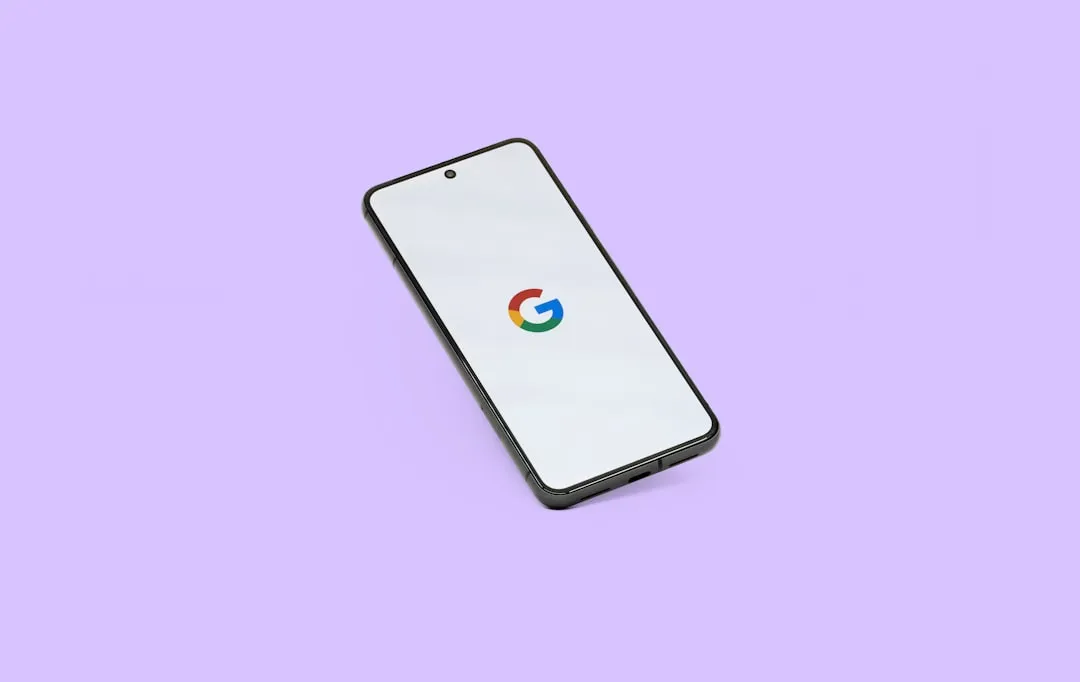

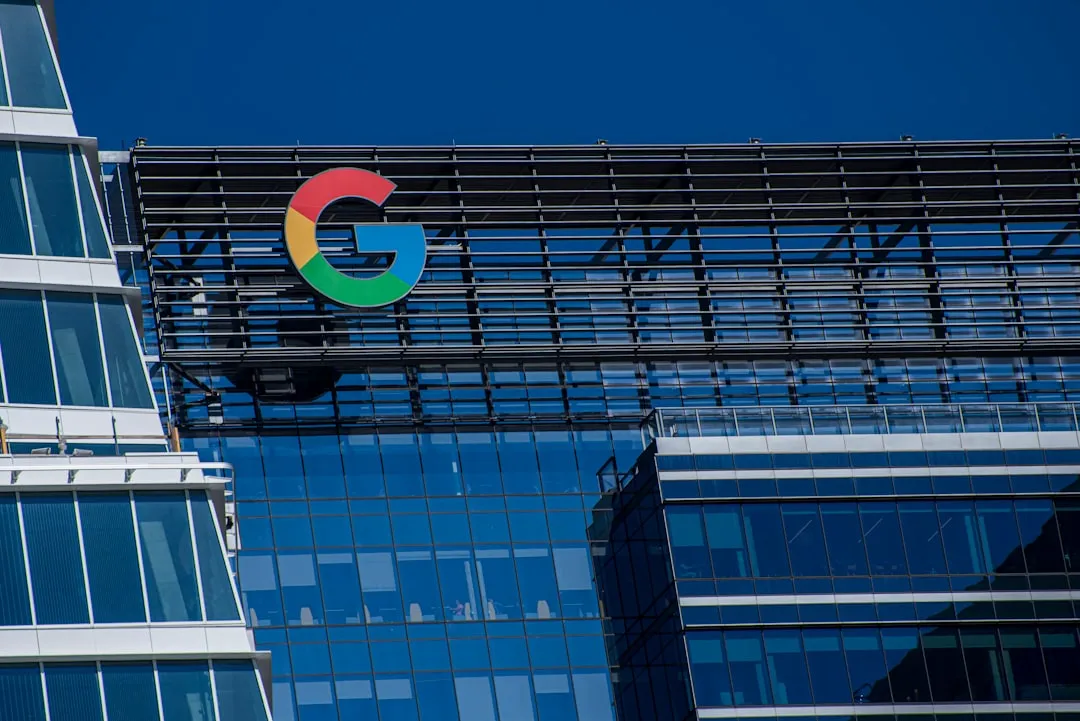



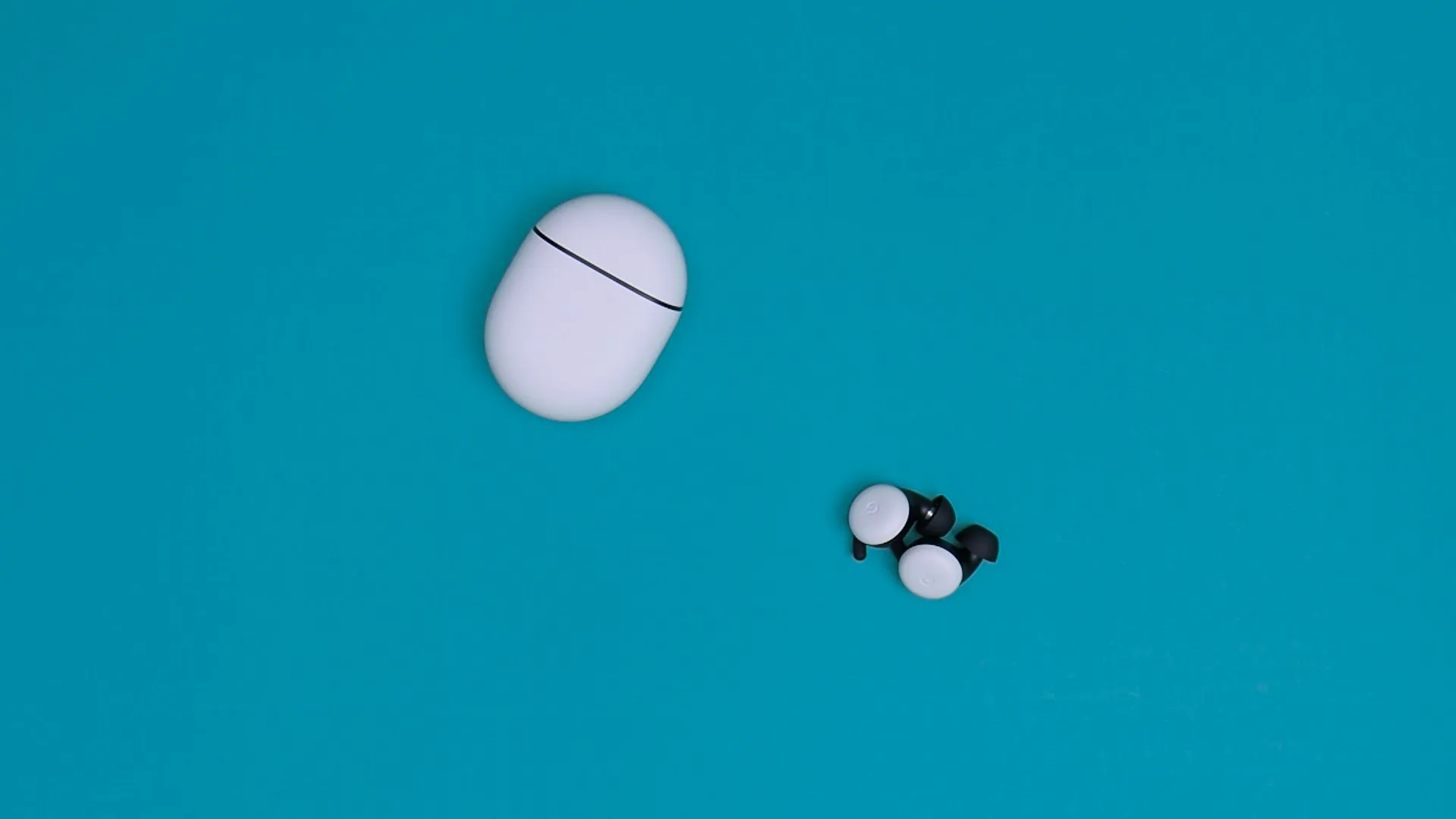

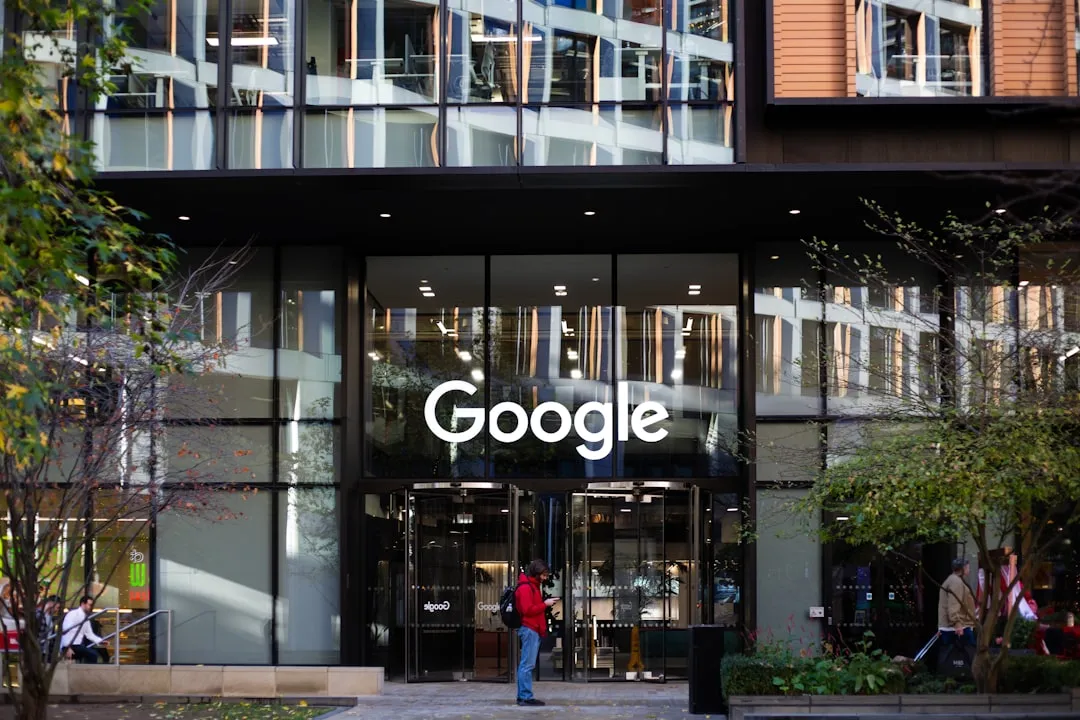
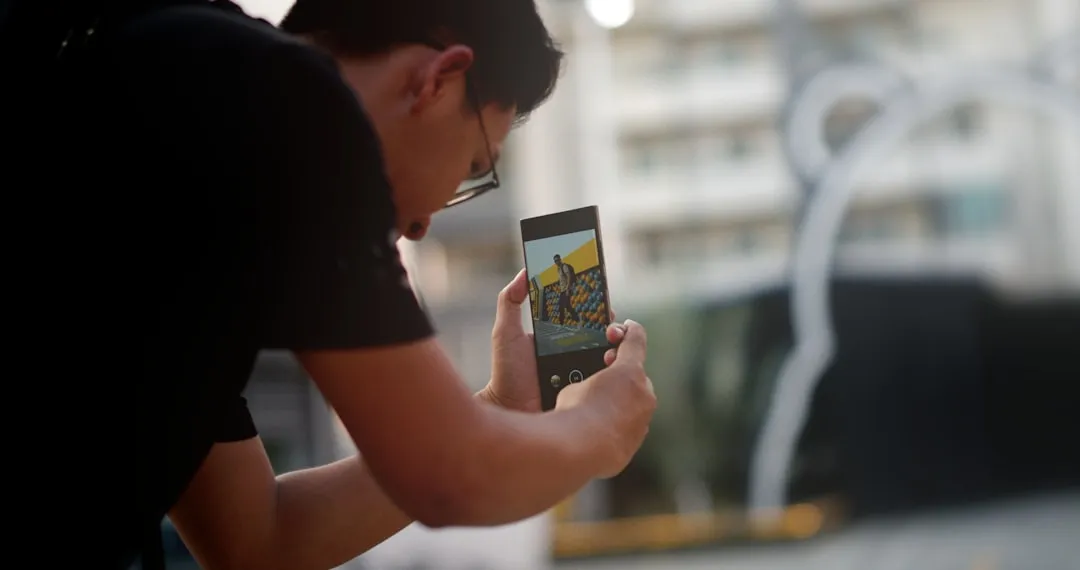

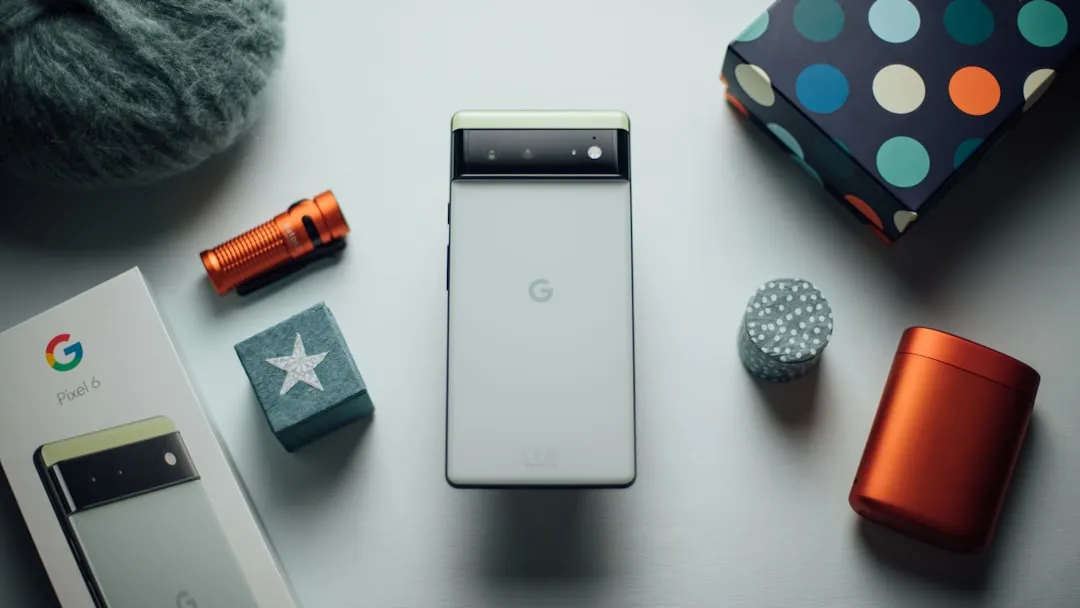
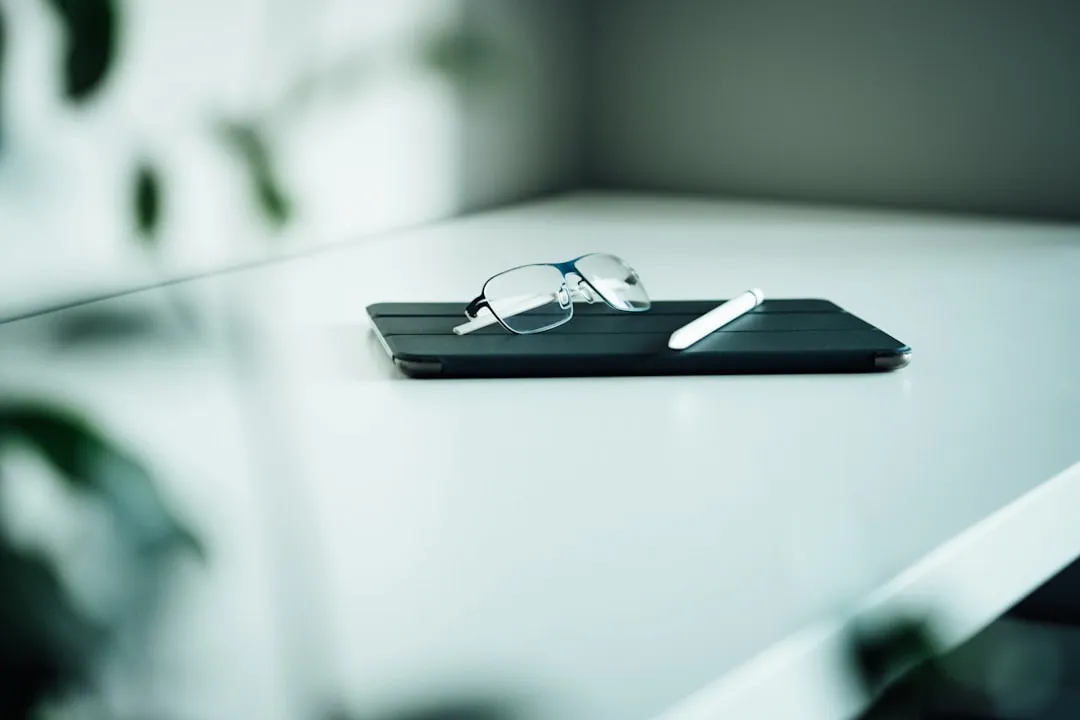
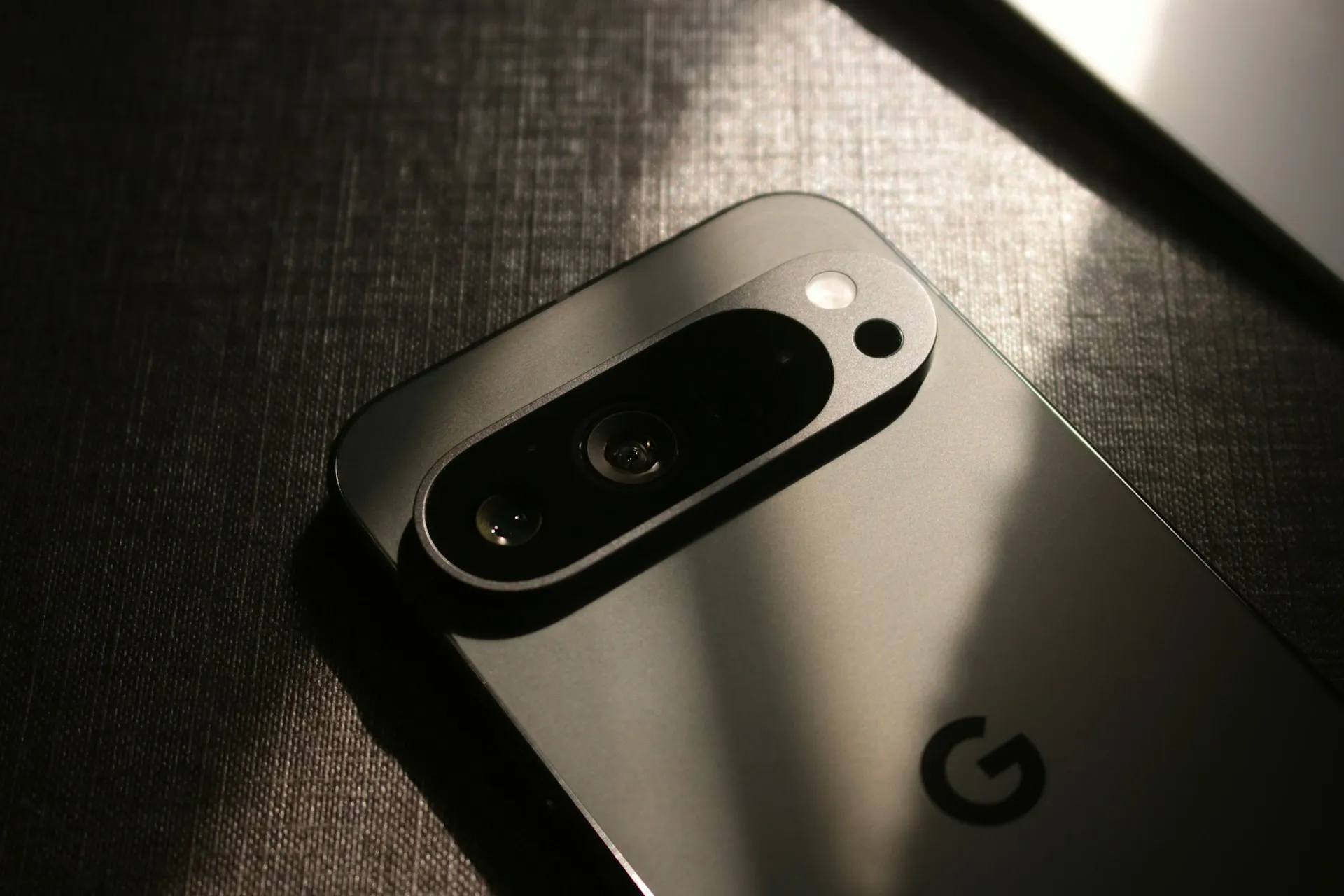

Comments
Be the first, drop a comment!